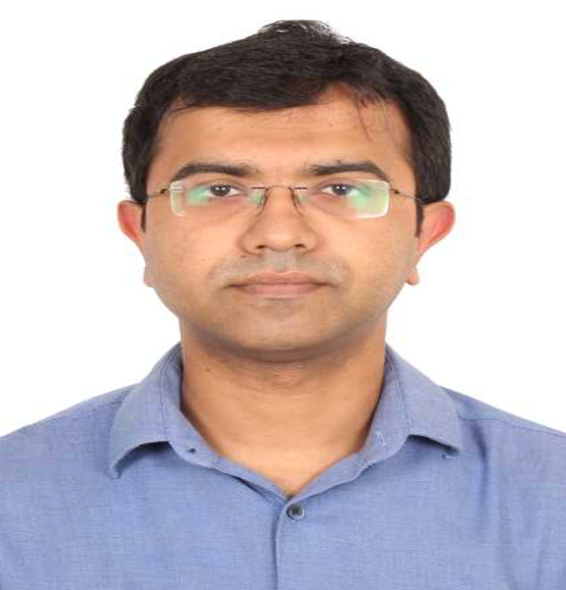PI Name & Affiliation:
Dr. Bhaskar Sen Gupta
Associate Professor
School of Advanced Sciences
Funding Agency: Science and Engineering Research Board (ICMR)
Scheme: Core Research Grant (CRG)
Sanctioned Amount : Rs. 30,49,370
Duration of the Project: 3 years

Dr. Bhaskar Sen Gupta
Graphical Abstract


Project Description
The kinetics of phase separation for multi-component immiscible fluid mixtures has been studied in great detail from the perspectives of physics, material science and engineering. Various regimes characterized by a time-dependent length scale for the domain growth pattern or domain morphology have been predicted from computer simulations and experiments. However, a much richer physics is expected when the constituent component is not a simple fluid but is itself a complex one or the mixture is confined in complex geometrical structure. For example, if the constituent particles of the system are aspherical, shape anisotropy will lead to the distinct values of energy depending on their relative orientation. Geometrical confinement of the binary solution inside a host structure will lead to a modified coarsening dynamics depending on the host structure and the interactions among them. Complexity in the fluid system can enter through mobile and immobile impurity. Apart from these, segregating systems containing living particles that self-propel have the potential to exhibit richer phase behavior. The phase ordering process of these systems involve a complex bicontinuous structure formation and are poorly understood. Another important aspect of these non-equilibrium phenomena is the aging dynamics, which remains completely unexplored. The complexity enters into the system in a non-trivial manner and a faithful incorporation of complex nonlinear behavior into a coarse grained theoretical model remains challenging. Moreover, these coarse-grained equations cannot provide direct information on the microscopic dynamics responsible for the evolution of such bicontinuous materials.
The main research goal of this project is to investigate and understand the phase separation behavior of these above mentioned non-living and living systems using computer simulations. We are interested in studying the non-equilibrium dynamics of these systems and their evolution to a new equilibrium state via the formation and coarsening of domains, when quenched from a high temperature homogeneous phase inside the miscibility gap. The coarsening process is not instantaneous and involves complex nonlinear dynamics depending on the character of the system. We intend to focus on the domain formation with different ordered phases, their expansion with time and the related scaling behavior. Our approach is based on constructing the simplest possible models that exhibit the phenomena of phase separation, simulate them carefully and then provide order parameter based scaling theories to explain the phenomena observed, to predict new phenomena and to generate new questions for further modelling and simulations.